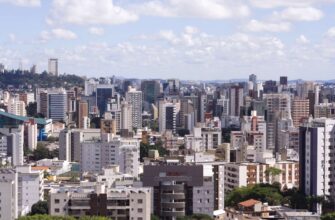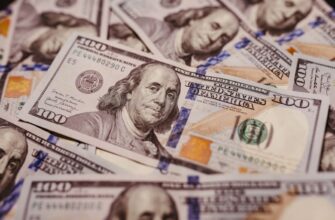- Understanding the USD to IDR Exchange Rate History
- Historical Overview of USD to IDR Exchange Rate
- Pre-1997: Stability and Early Fluctuations
- 1997–1998: The Asian Financial Crisis
- 2000–2010: Gradual Recovery
- 2010–2020: Volatility Amid Global Shocks
- 2021–2023: Recent Trends
- Key Factors Influencing the USD to IDR Exchange Rate
- How to Track the USD to IDR Exchange Rate
- Tips for Travelers and Businesses
- USD to IDR Exchange Rate FAQs
- Why Does the IDR Fluctuate So Much?
- How Often Does the Exchange Rate Change?
- When Is the Best Time to Exchange USD to IDR?
- How Do US Federal Rate Hikes Affect IDR?
- Can Businesses Hedge Against Exchange Rate Risks?
- Conclusion
Understanding the USD to IDR Exchange Rate History
The USD to IDR (US Dollar to Indonesian Rupiah) exchange rate is a critical metric for travelers, investors, and businesses engaged in cross-border transactions between the U.S. and Indonesia. Over the decades, the exchange rate has experienced significant fluctuations due to economic crises, political shifts, and global market dynamics. This article explores the historical trends, key influencing factors, and answers common questions about the USD to IDR exchange rate.
Historical Overview of USD to IDR Exchange Rate
Pre-1997: Stability and Early Fluctuations
Before the Asian Financial Crisis of 1997, the IDR was relatively stable, trading at around 2,000–2,400 IDR per USD. Indonesia’s economy, fueled by oil exports and controlled exchange rate policies, maintained this range for years.
1997–1998: The Asian Financial Crisis
The IDR plummeted during the crisis, hitting a record low of 16,800 IDR per USD in June 1998. Factors included massive capital outflows, a collapsing banking sector, and political instability. The crisis forced Indonesia to adopt a free-floating exchange rate system.
2000–2010: Gradual Recovery
Post-crisis, the IDR recovered to 8,000–9,000 IDR per USD by the mid-2000s. High commodity prices (e.g., palm oil, coal) and economic reforms strengthened the currency.
2010–2020: Volatility Amid Global Shocks
• 2013: IDR weakened to 12,000+ per USD during the “Taper Tantrum.”
• 2018: Pressure from US-China trade wars pushed rates to 15,000 IDR per USD.
• 2020: COVID-19 caused a drop to 16,000 IDR per USD.
2021–2023: Recent Trends
The IDR has stabilized around 15,000–16,000 per USD, influenced by rising US interest rates and Indonesia’s resilient commodity exports.
Key Factors Influencing the USD to IDR Exchange Rate
• Economic Indicators: GDP growth, inflation, and trade balances.
• Political Stability: Elections and policy changes impact investor confidence.
• Global Markets: US Federal Reserve policies and commodity demand.
• Bank Indonesia Policies: Interest rates and currency interventions.
• Commodity Prices: Indonesia’s exports of coal, palm oil, and nickel.
How to Track the USD to IDR Exchange Rate
• Online Tools: XE.com, OANDA, and Bloomberg provide real-time data.
• Bank Indonesia: Official reports and monetary policy updates.
• Currency Apps: Revolut or Wise for rate alerts.
Tips for Travelers and Businesses
• Compare rates at local banks or authorized money changers.
• Avoid airports for currency exchanges due to higher fees.
• Hedge against fluctuations with forward contracts (for businesses).
USD to IDR Exchange Rate FAQs
Why Does the IDR Fluctuate So Much?
The IDR is sensitive to global risk sentiment, commodity prices, and US interest rates due to Indonesia’s emerging-market status.
How Often Does the Exchange Rate Change?
Rates update daily based on market trading, but major shifts occur during economic announcements or crises.
When Is the Best Time to Exchange USD to IDR?
When the IDR strengthens, often during high commodity demand or stable political conditions.
How Do US Federal Rate Hikes Affect IDR?
Higher US rates typically weaken the IDR as investors move capital to dollar-denominated assets.
Can Businesses Hedge Against Exchange Rate Risks?
Yes, through forward contracts, options, or diversifying currency holdings.
Conclusion
Understanding the USD to IDR exchange rate history helps individuals and businesses make informed financial decisions. By monitoring economic trends and using reliable tools, you can navigate currency fluctuations effectively.








